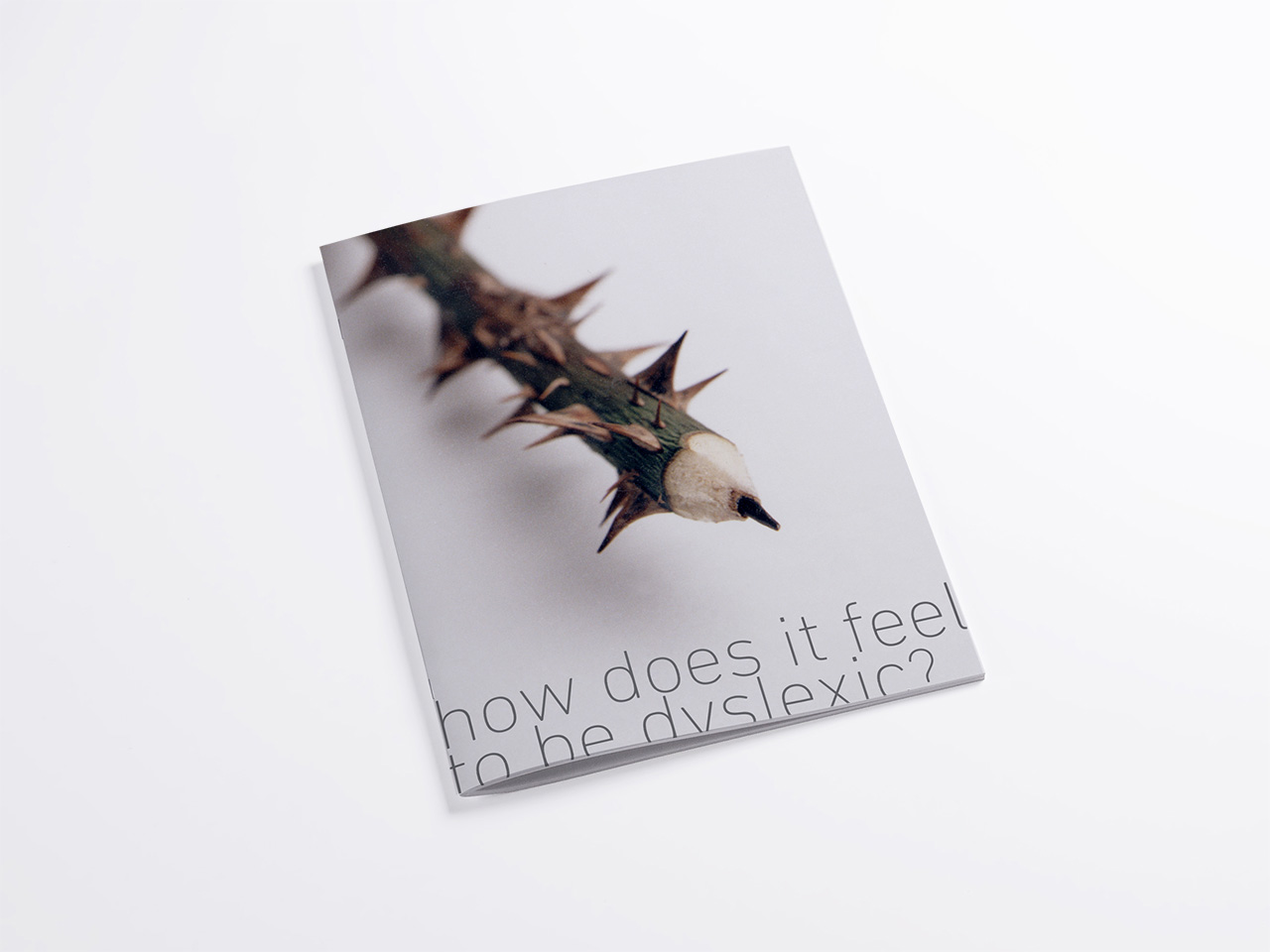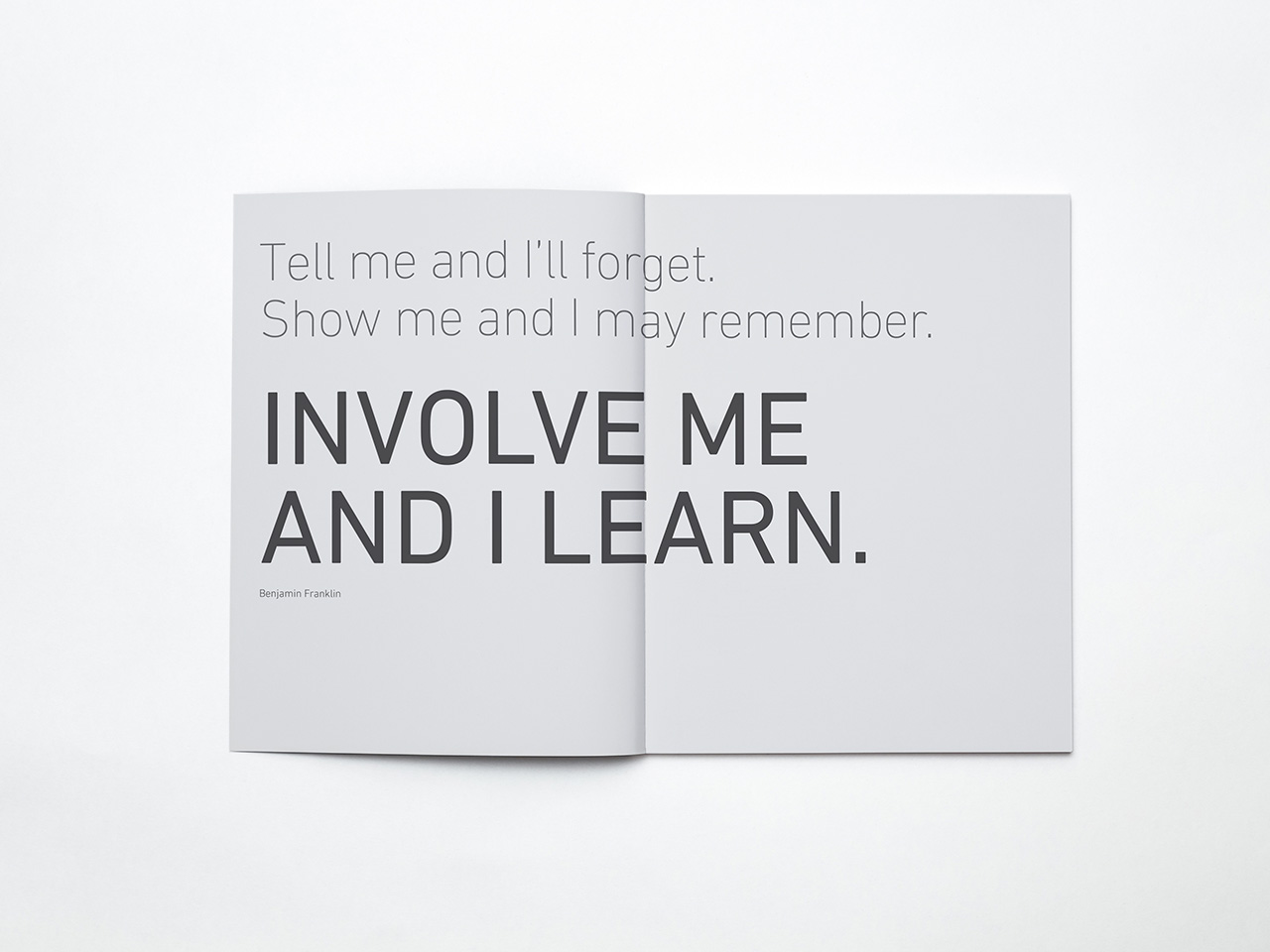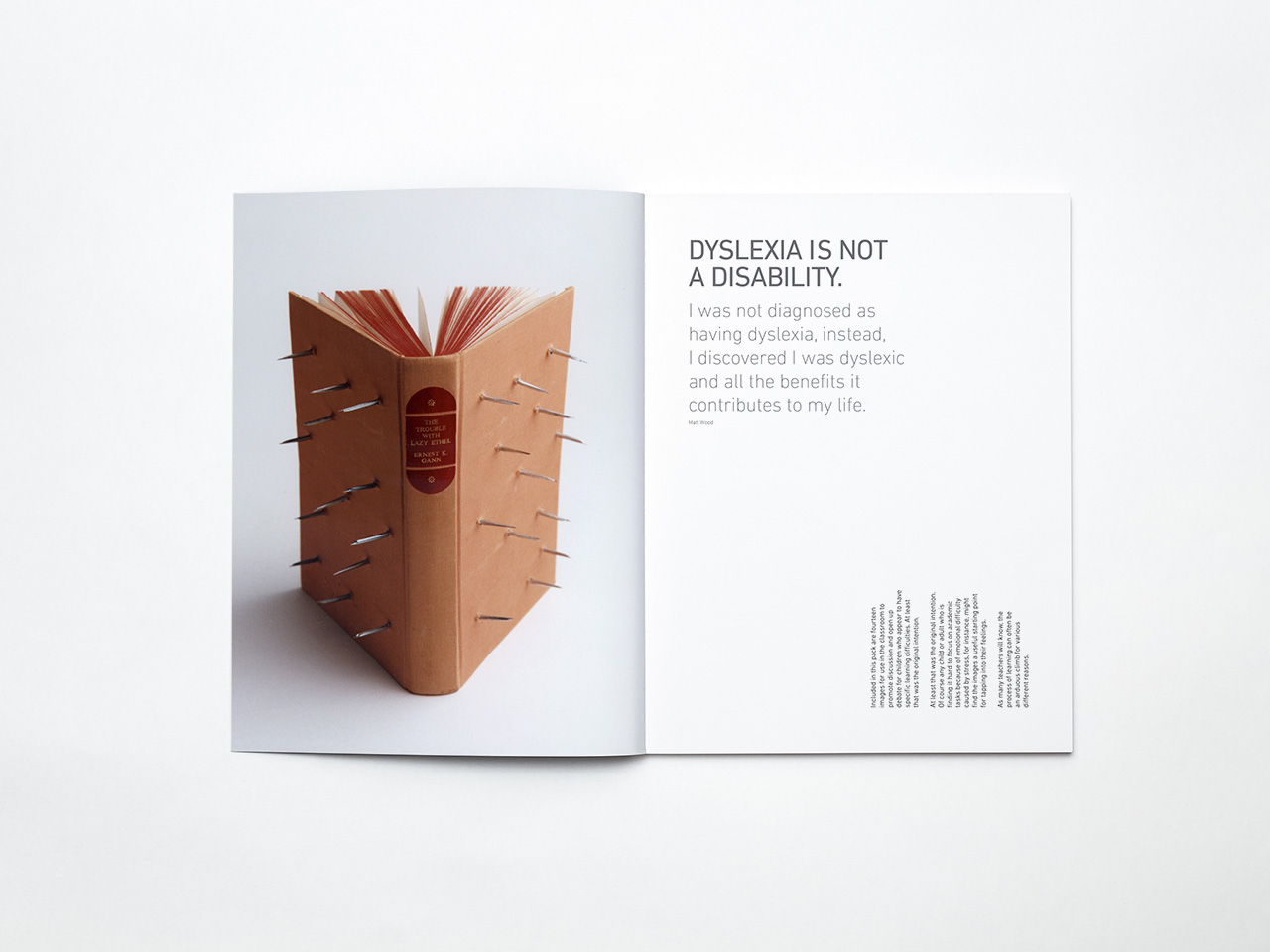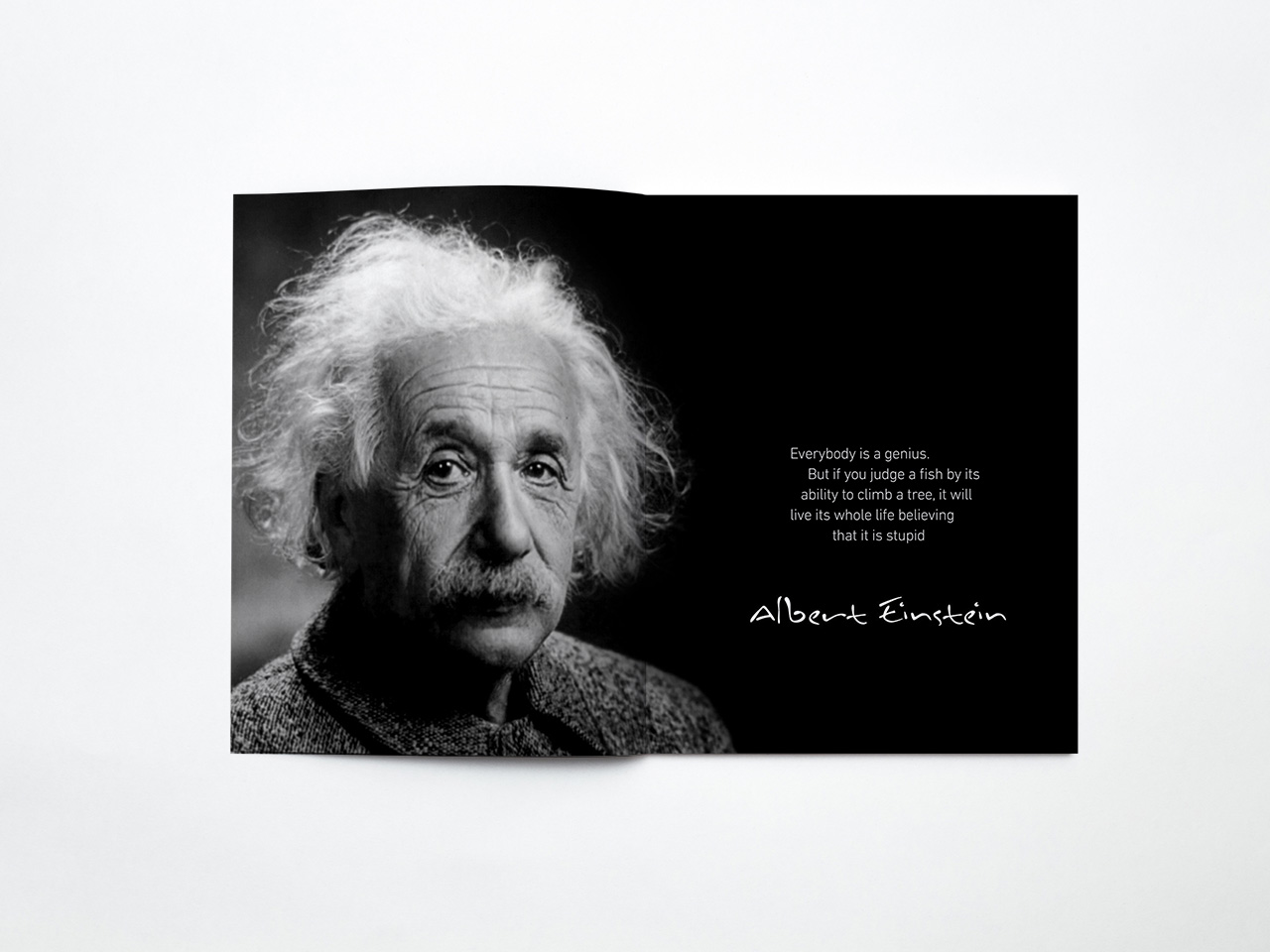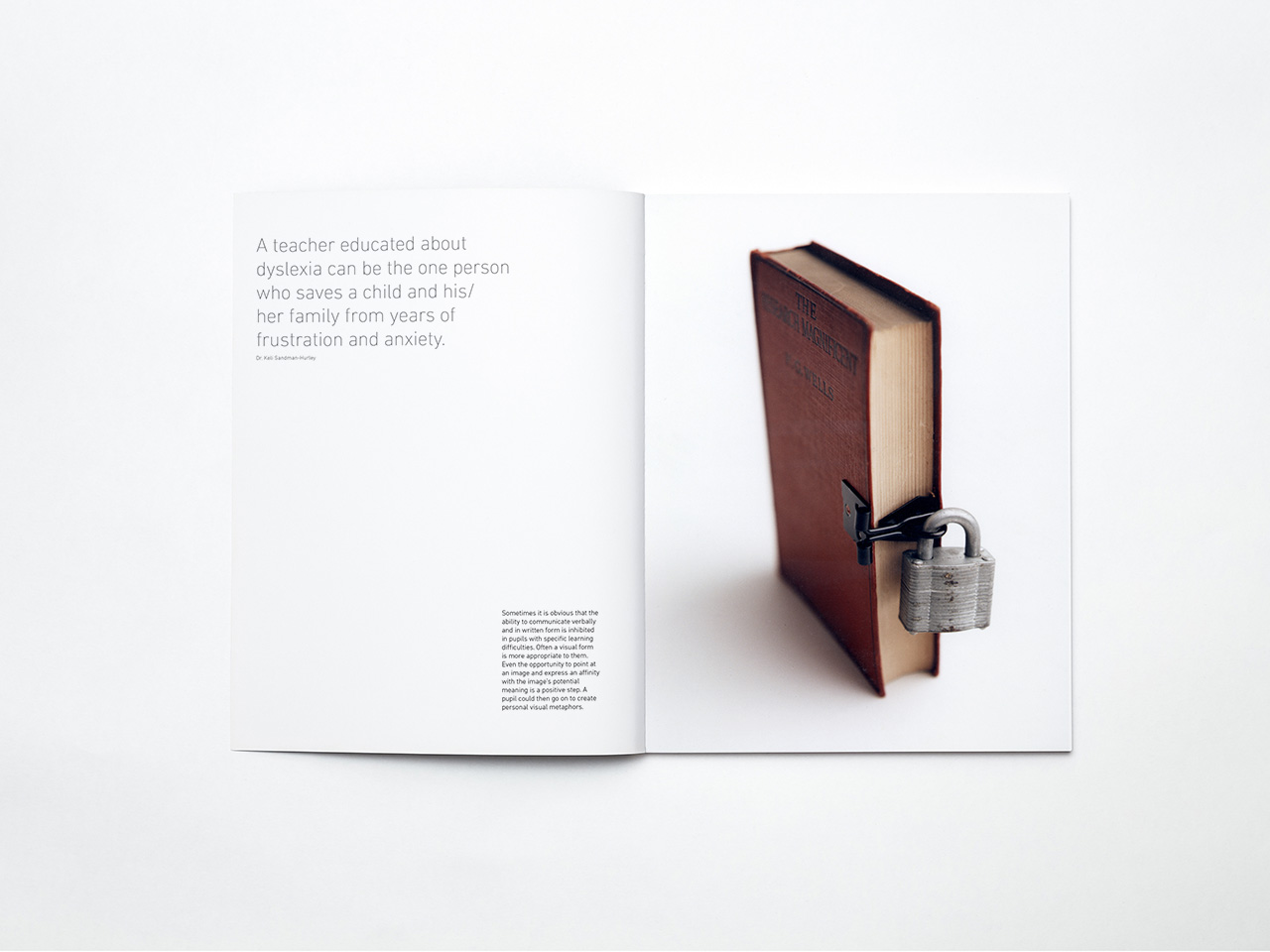Dyslexia
How does it feel to be dyslexic? It feels great. It feels normal. It feels like a gift. It feels frustrating.
Everyone has strengths and weaknesses. Those who work in professions such as doctors, professors, lawyers, etc., have typically been considered left brain thinkers, associated with skill sets including logic, analysis, linear thinking, language, facts memorization, etc. If you were to ask what they find challenging or consider to be their weaknesses, they begin to list the traits of the right brain. Creativity, imagination, holistic thinking, intuition, visualization, and rhythm are right brain traits however they are also known to be the strengths of people who are dyslexic. It’s no wonder those who are dyslexic excel in professions like design, art, film, and athletics.
We live in a society where reading and writing (and other left brain skills) are essential for integration. In schools, higher priority is given to academic subjects than the arts. In fact, many schools across British Columbia have even canceled their music teaching. Academic subjects are taught in traditional ways, and it is in this environment where dyslexics struggle to grasp the basics. I was one of these kids, labeled by others as “slow” and “stupid”. As time went on, these words became a part of my personal belief system, defining how I thought of myself.
At the age of ten, I discovered that I was dyslexic. I attended extra lessons where the basics of language were taught using visuals and tactile letters. As a result of these teaching methods, I understood the material immediately. To go from “stupid” to “capable” within a few months gave me such a feeling of freedom. Over the years I have worked on my reading, writing, math and organization skills to the point people typically don’t realize that I am dyslexic. I have also embraced my strengths and developed them.
I created a series of images to describe, in my way, how it feels to be dyslexic. These images are used as part of a teacher’s resource to have children engage in conversation. Peers find understanding, support, and empathy for what others find challenging. Often children who struggle with reading and writing “latch onto” the images. I’ve seen amazed faces dawning with recognition, almost as if exclaiming, “there’s someone else who understands my struggle!?” I’ve witnessed how these children who have not been able to explain what they have difficulty with or are too embarrassed to share, make the connection and open up with these materials. This understanding that they are not the ‘only one’ has them shift from a feeling that they are stupid or don’t belong to one of hope and feeling understood. This applies to their families as well.
The images provide children an opportunity to communicate with their parents about how they feel about their education. As dyslexia is inherited genetically, many parents avoid reliving and remembering their school days. As a result, seeking and accepting a diagnosis for their child is often delayed or foregone. Parents’ personal experiences of their school days can often be too painful to confront which reduces the opportunities for their struggling child to communicate their educational concerns. Empowered by a sense of being understood it gives children a boost of confidence to begin a dialogue of what school is like for them.
At its core, the dyslexia resource is about celebrating our individual strengths, for people to feel they belong, to feel understood and for everyone to have a better understanding about dyslexia.
